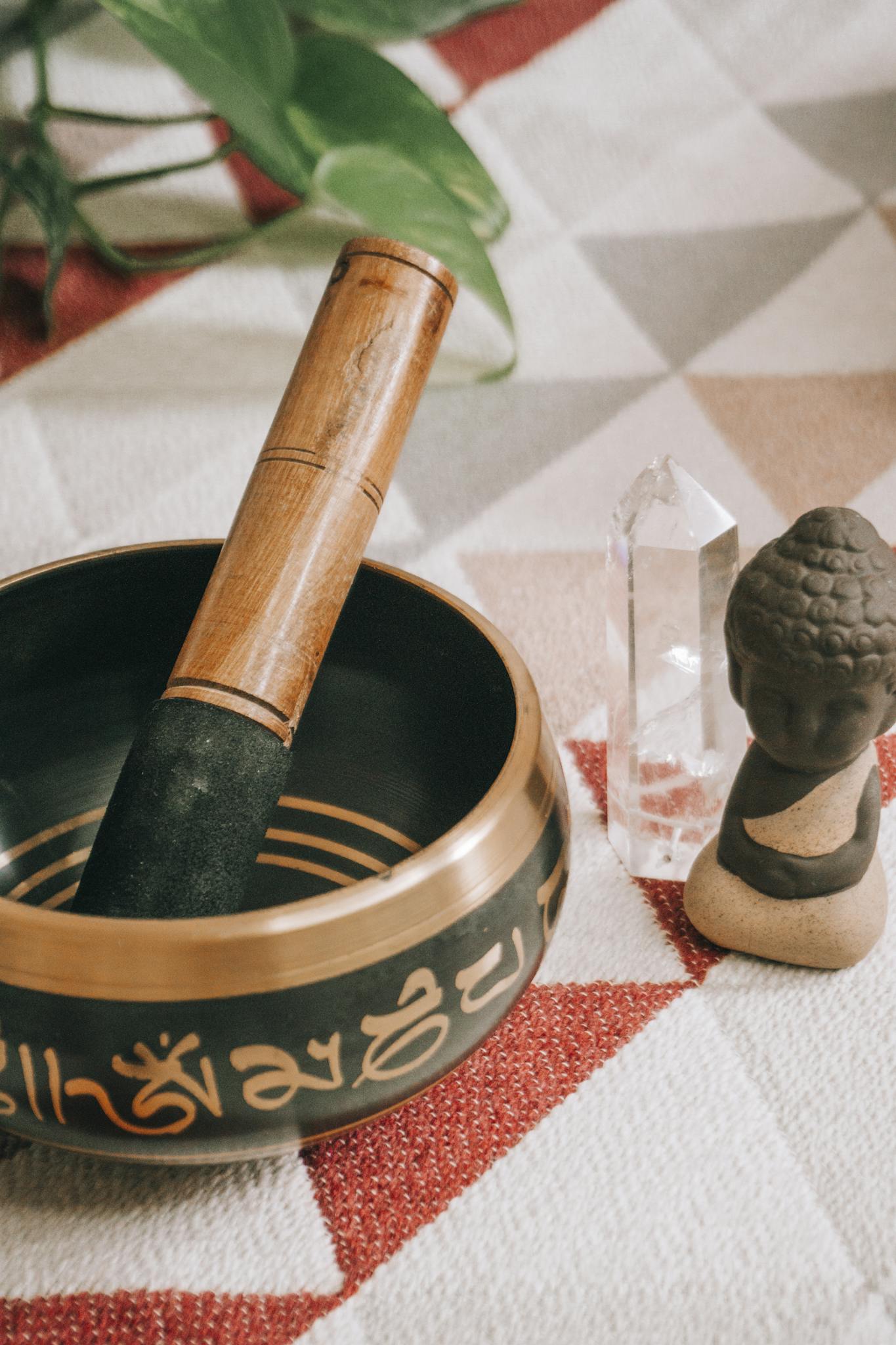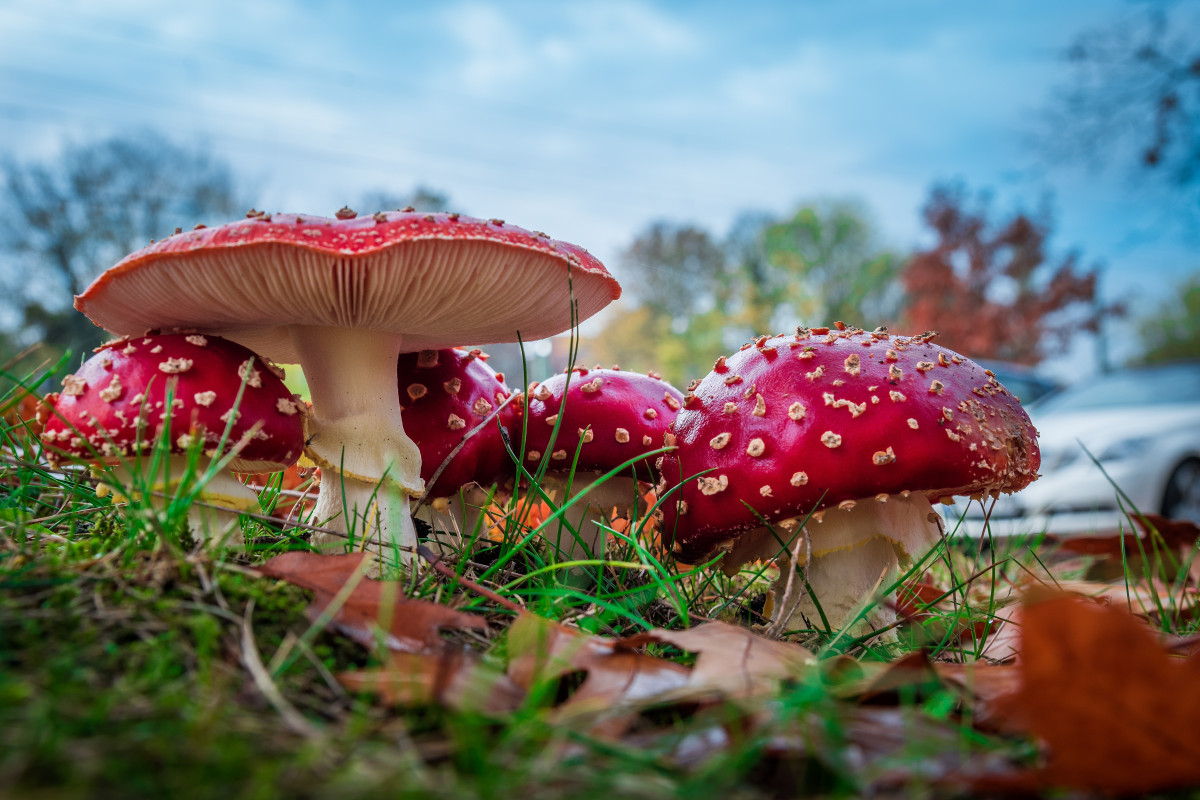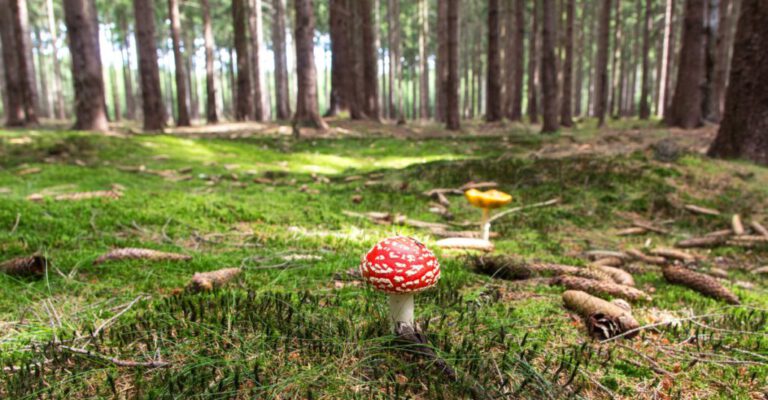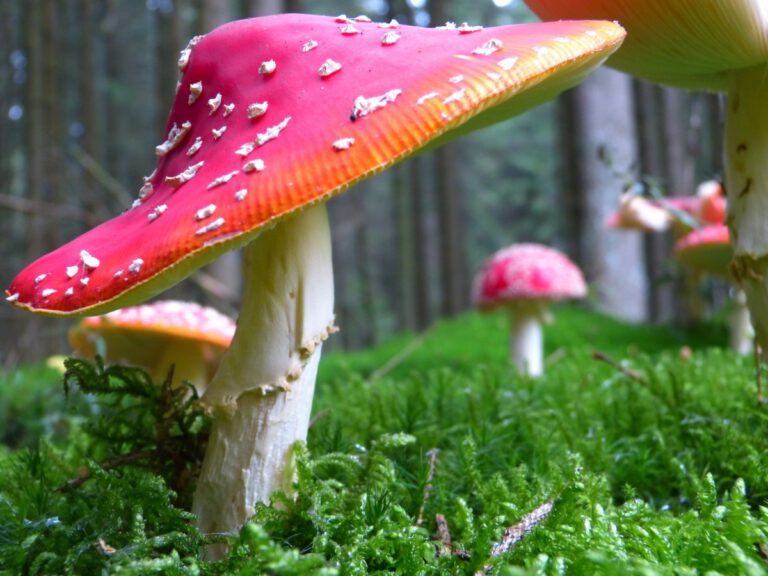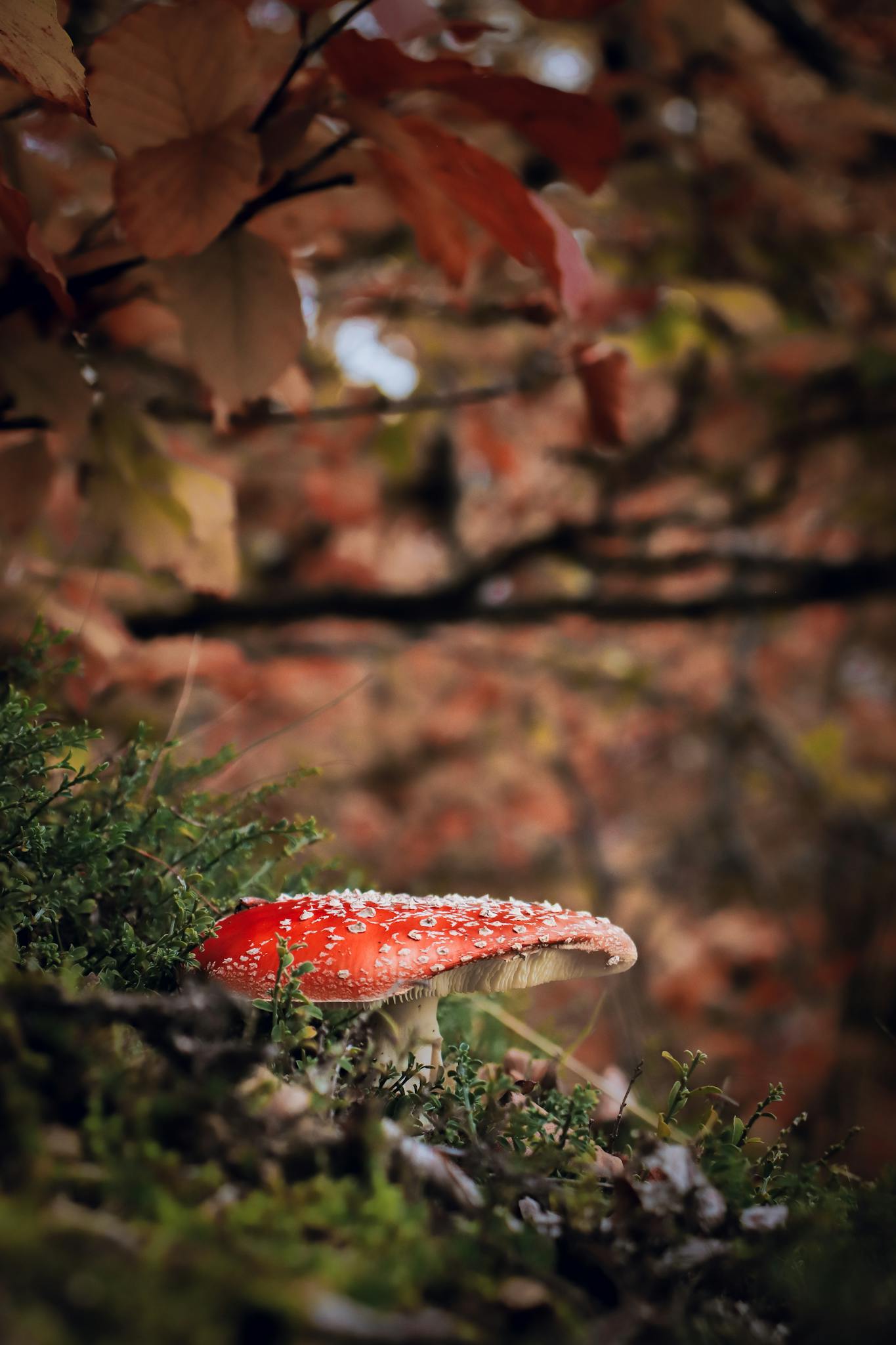Amanita Muscaria: From Forgotten Folklore to a Healing Renaissance
For centuries across Siberia, Northern Europe, and even in parts of Scandinavia, this mushroom carried spiritual and medicinal importance. Shamans used it in ceremonies, communities honored it as a sacred gift, and stories of its powers echoed through mythology. But as science, religion, and modern medicine advanced, Amanita muscaria was pushed aside. It became a symbol of danger – the “poisonous toadstool” – and its deeper cultural and healing traditions faded from memory.
Now, however, something curious is happening: the Amanita muscaria is experiencing a renaissance. Around the world, circles devoted to microdosing and natural medicine are beginning to explore it once more, not as a psychedelic thrill, but as a subtle ally for healing and balance.
Unlike psilocybin mushrooms, Amanita contains muscimol, which interacts with the brain’s GABA system – the same system responsible for calm, rest, and sleep. At very small doses, some people report improved sleep, reduced anxiety, muscle relaxation, and even relief from stress and chronic tension. In wellness communities, it is often described as a “nervous system soother” rather than a hallucinogen.
This revival isn’t just about chemistry. It’s also about a cultural shift. People are turning back to forgotten traditions, looking for ways to reconnect with nature’s pharmacy. In circles of microdosers, herbalists, and somatic healers, Amanita muscaria is discussed with respect: not as a recreational drug, but as an ancient teacher whose wisdom is being rediscovered.
Of course, safety is key. The mushroom can be toxic in large amounts, and modern research is still catching up to traditional knowledge. But in the right setting, with careful preparation and tiny doses, it is being reintroduced as part of a broader movement of remembering what our ancestors once knew – that healing often lies hidden in the natural world, waiting for us to look again.
The Amanita muscaria was never really gone. It was only forgotten. Today, as we begin to listen again, the old stories of the red-and-white mushroom return – not as fairy tales, but as living medicine.
